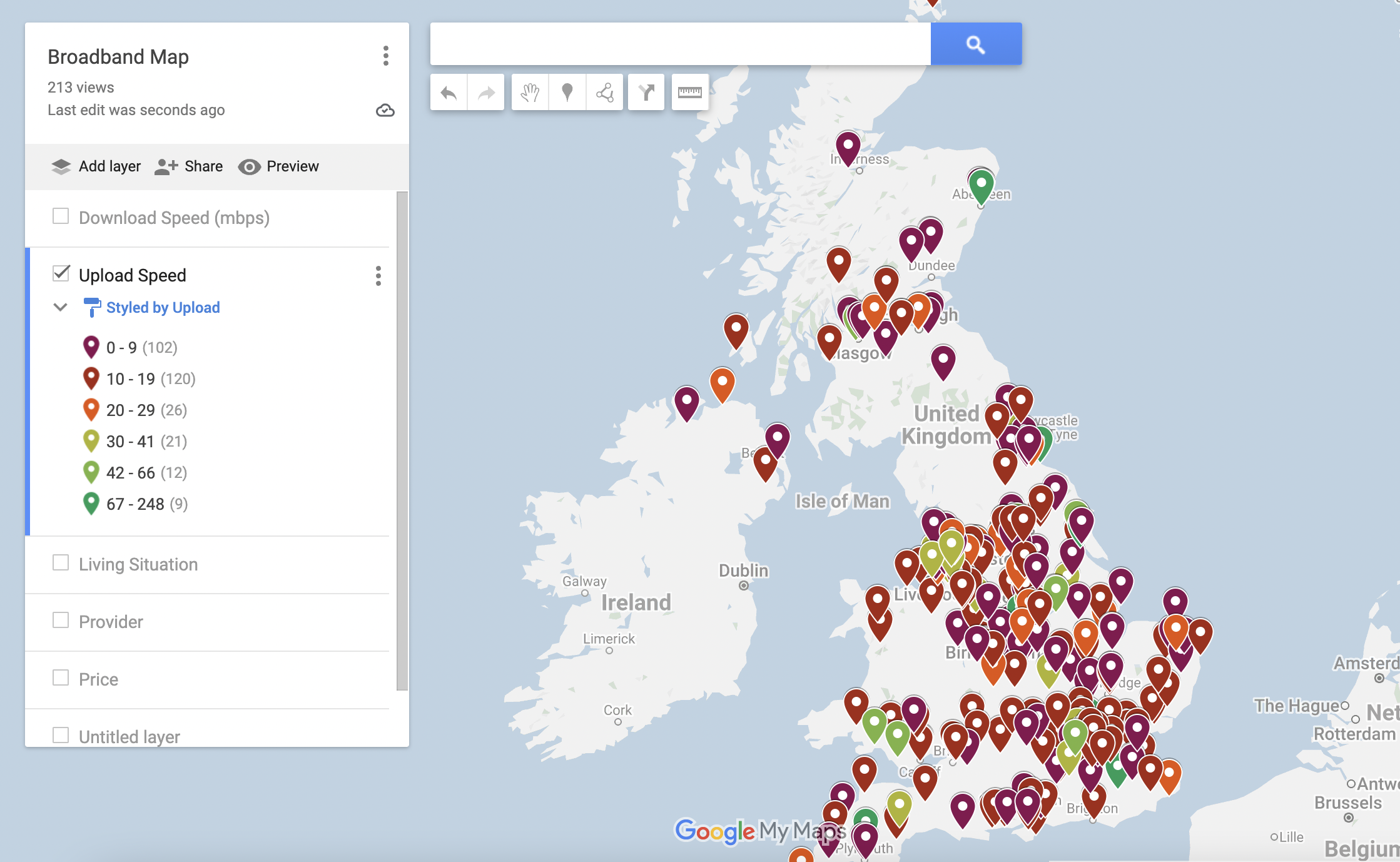
Rating scales and how to work with them
Rating scales and how to work with them https://www.citizenme.com/wp-content/uploads/2018/03/Rating-scale.png 600 442 Beth Hepple Beth Hepple https://secure.gravatar.com/avatar/8f7fce6d2c6864aa79cc3244d05191f6?s=96&d=mm&r=gWhen conducting market research, it is really important to try to get a balanced opinion from those you are surveying. While offering questions with a simple yes/no answer may give you the response you are looking for, you could gain a better and more accurate understanding of your audience, and increase the insights that you get, by using a rating scale.
Rating scales are great when you are trying to get an honest, personal response from your audience. You can choose from a number of response types such as agreement, importance, quality and frequency. By positioning your questions correctly, you can get a more accurate representation of a person’s attitude towards a given subject. Compiling questions which require a simple yes/no may give you a solid and to-the-point answer, but leave no room for interpretation and somewhat exclude those who may not express a strong view on the subject. It is much better practice to allow them to stay neutral should they wish to. Here we take a look at some of the basics of working with rating scales.
How do I create a rating scale question?
First you need to decide what measure you want to use, as this will determine the kind of answers you offer. Options include:
| Type | Example Question | Answer variation |
| Agreement | Agree/disagree? Nike are the best sportswear brand | Agree strongly – Disagree strongly |
| Frequency | How often do you go to the gym? | Extremely regularly – extremely rarely |
| Quality | Which best describes your thoughts on the quality of the product | Excellent – Extremely poor |
How many scale points should my survey have?
Scale points are essentially the number of options you are going to allow your respondents to choose from; surveys typically use 3-7 scale points, but the most common scale point is 5. The number you choose, whether it be 3, 5 or 7, really depends on how much you want your respondents to be able to differentiate their opinion from the rest. A typical five point agreement scale would include the following responses:
- Strongly agree
- Agree
- Neither agree nor disagree
- Disagree
- Strongly disagree
If you want to, you can also add an ‘N/A’ for those respondents who are unsure of their response, would prefer not to say, or feel that the question does not apply to them. These responses can then be excluded from your analysis.
Why do I need a neutral option on my points scale?
You may be wondering why you should give your respondents a neutral option, especially if you are trying to determine something specific and see the neutral option as an opportunity to dodge the question. However, if you remove this and force responders to choose a side, they aren’t actually giving you an accurate response. The last thing you want is to introduce an element of bias into your results by forcing your participants into selecting one side or the other, especially if you plan to make a business decision based on the outcome of your survey.
- Posted In:
- How to






Leave a Reply